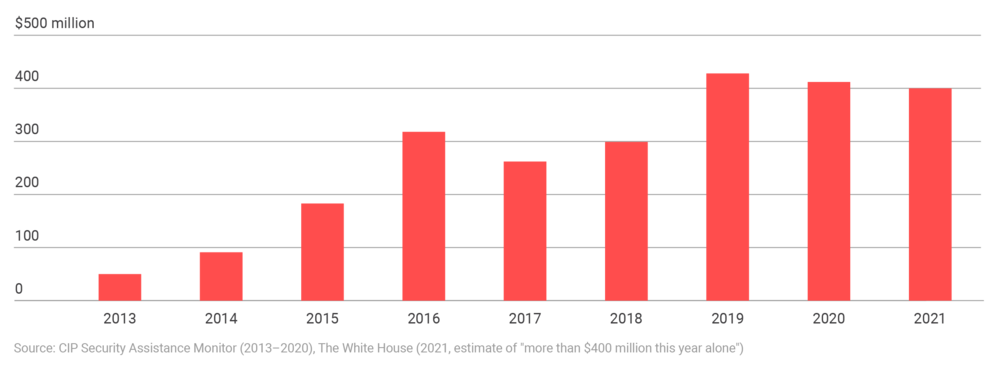Anatol Lieven, senior research fellow of the Quincy Institute for Responsible Statecraf
[…] Of these potential crises, one of the most menacing is the armed standoff between the Ukrainian military and Russian-supported separatist forces in eastern Ukraine. Limited numbers of Russian troops (lightly disguised as “volunteers”) are stationed in the Donbas region, and Russia has deployed large forces in southern Russia to defend the territory against any new Ukrainian offensive. However, Russia has not annexed Donetsk and Luhansk (the two Ukrainian provinces that make up the Donbas) or recognized their independence. […]
Yet perhaps the most tragic aspect of the seemingly unending Donbas dispute is that, while it may be one of the most dangerous crises in the world today, it is also in principle the most easily solved. A solution exists that was drawn up by France, Germany, Russia, and Ukraine and endorsed by the US, the European Union, and the United Nations. This solution corresponds to democratic practice, international law and tradition, and America’s own past approach to the settlement of ethnic and separatist conflicts. Moreover, it requires no concessions of real substance by either Ukraine or the US. […]
This solution to the Donbas dispute lies in the “Minsk II” agreement, reached in February 2015 by the leaders of France, Germany, Russia, and Ukraine meeting under the auspices of the Organization for Security and Cooperation in Europe. The key military element of Minsk II is the disarmament of the separatists and the withdrawal of Russian “volunteer” forces, together with a vaguely worded suggestion for the temporary removal the Ukrainian armed forces (exclusive of border guards). The key political element consists of three essential and mutually dependent parts: demilitarization; a restoration of Ukrainian sovereignty, including control of the border with Russia; and full autonomy for the Donbas in the context of the decentralization of power in Ukraine as a whole. […]
A new US approach to peace in Ukraine should begin with a public restatement by the Biden administration of America’s commitment to the principles of Minsk II in particular, and to the idea of a pluralist, multi-ethnic, and federal Ukrainian republic in general. It is only on this basis that Ukraine can ever be brought back together again and that Ukrainian stability, security, and unity can be guaranteed in the long term.
Finally, and most important, repeated opinion polls in the Donbas and (before 2014) free elections there indicated that many of its inhabitants favored autonomy for the region within Ukraine and that equally large majorities in eastern and southern Ukraine favored a multi-ethnic state with official status for the Russian language and culture, not the ethnic-nationalist state promoted since 2014 by a succession of Ukrainian governments backed by the West. Läs artikel

